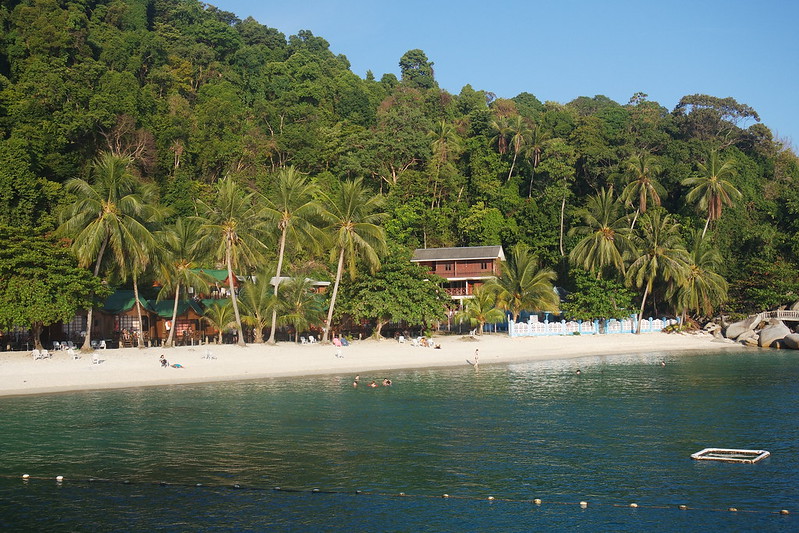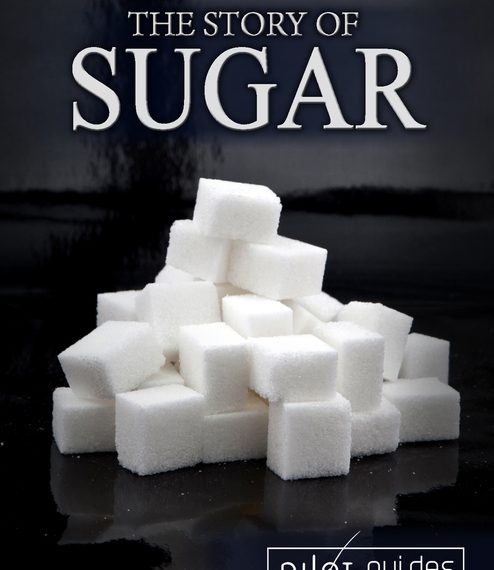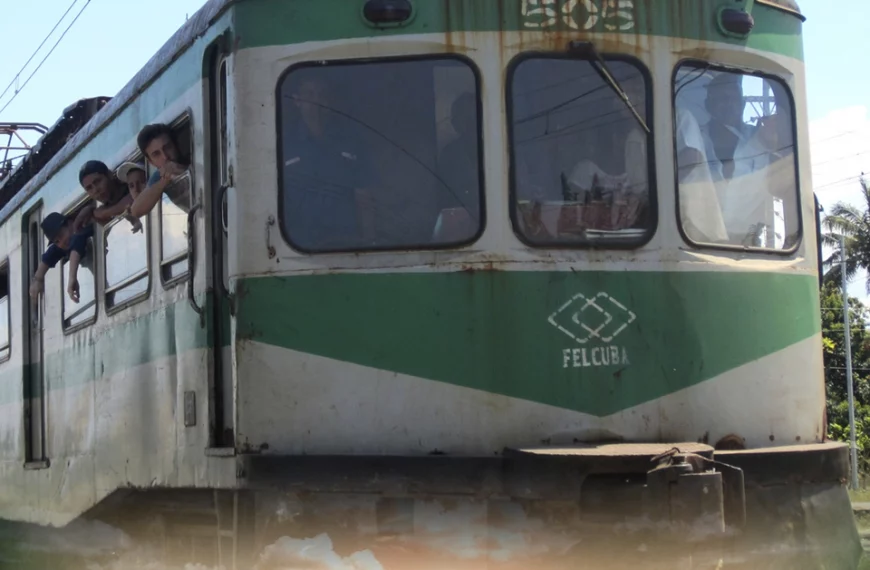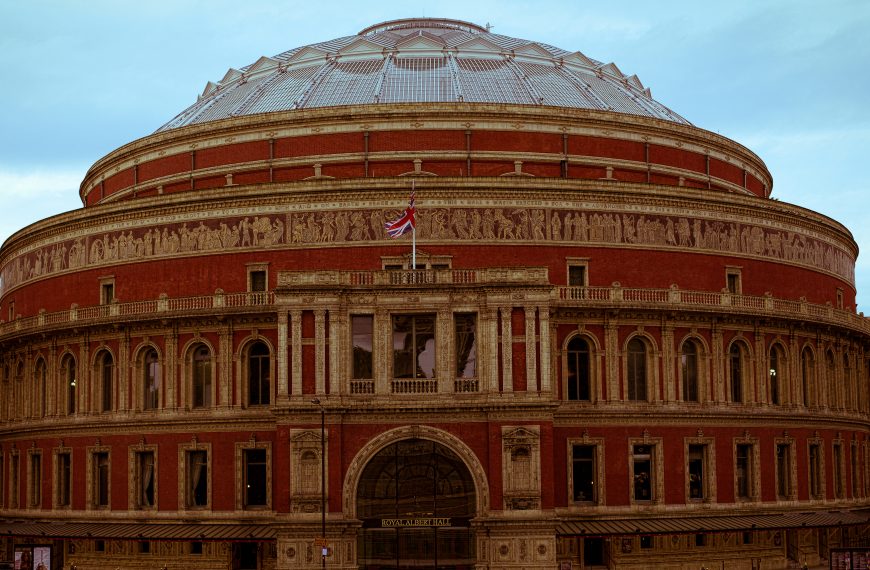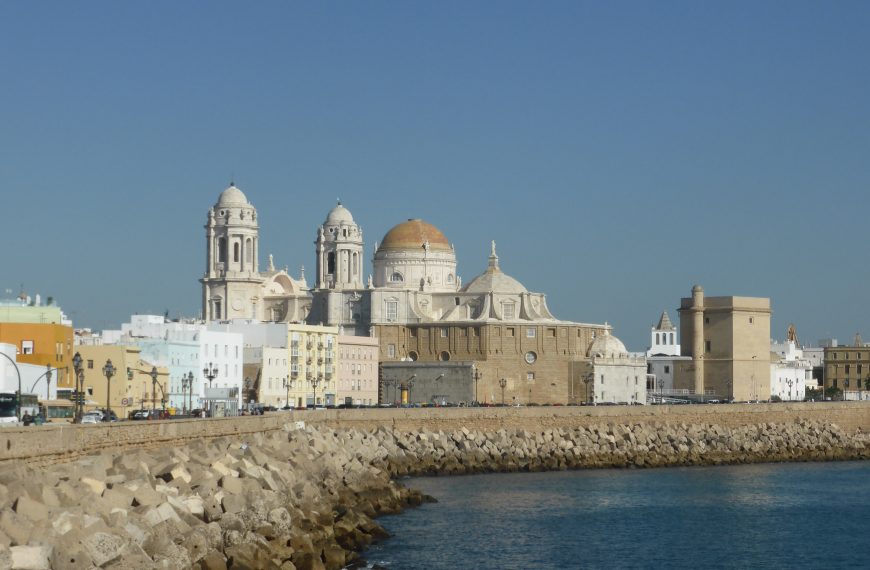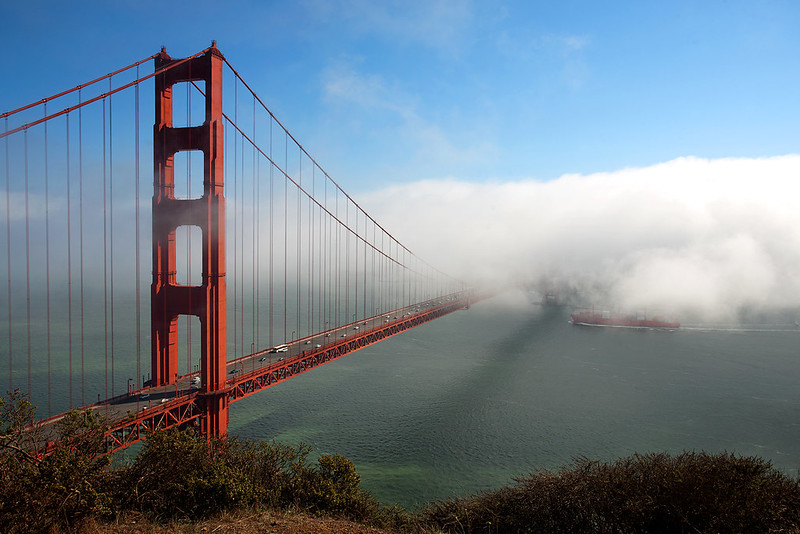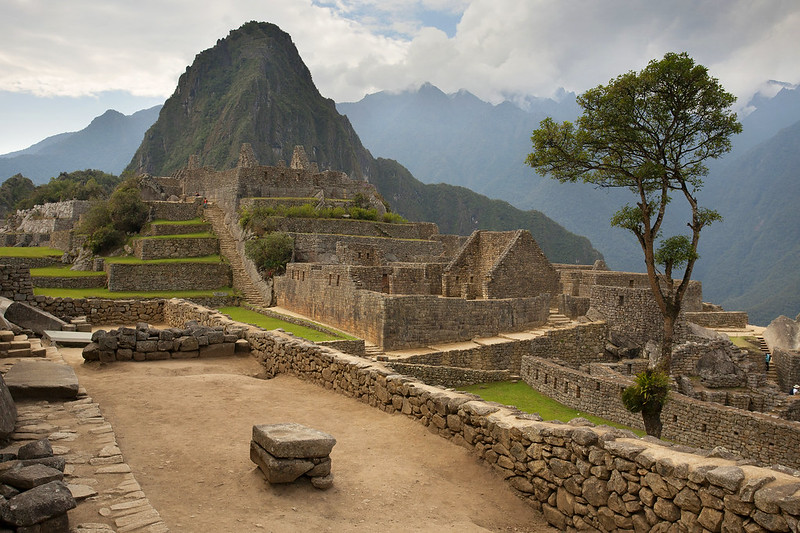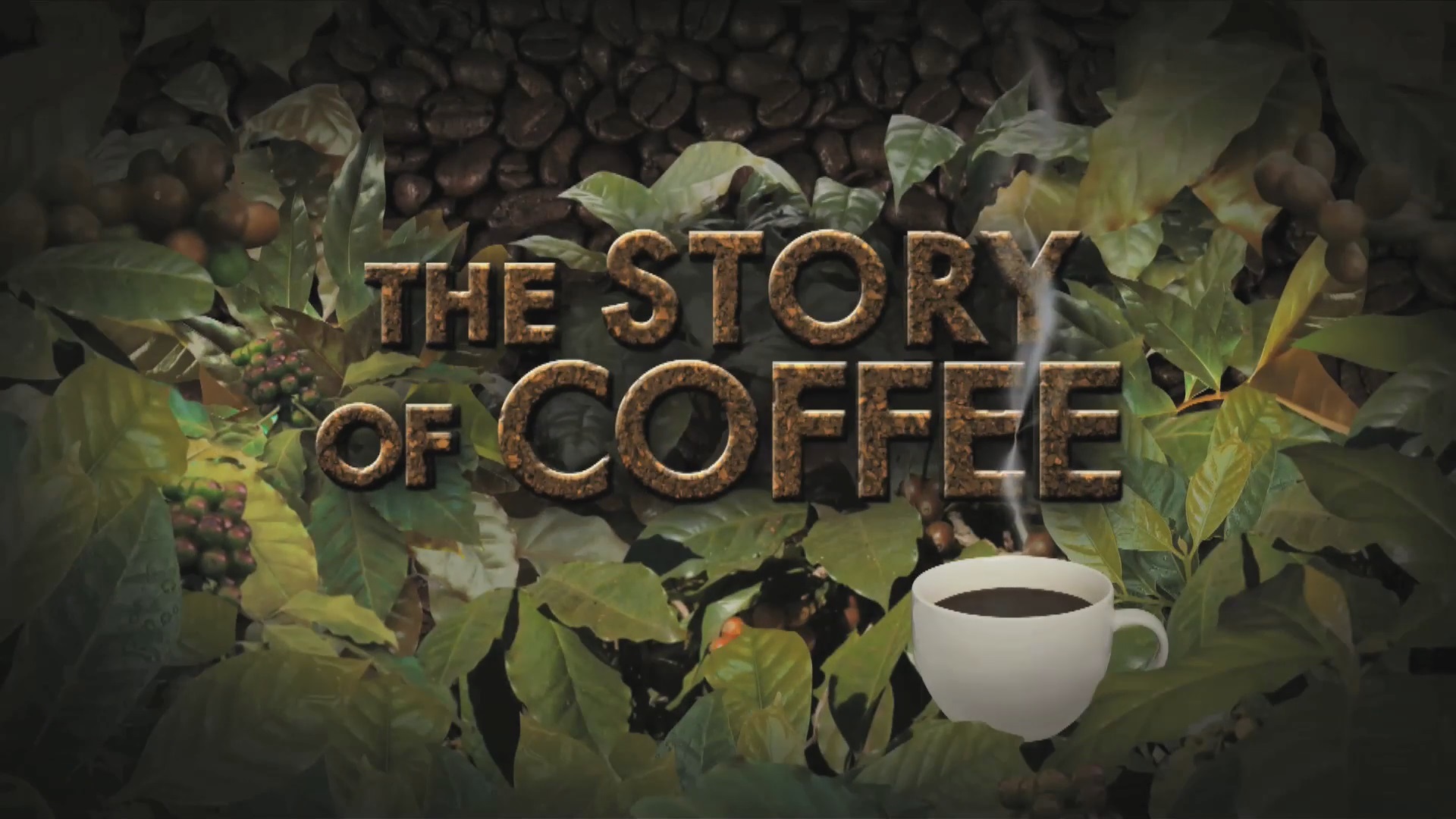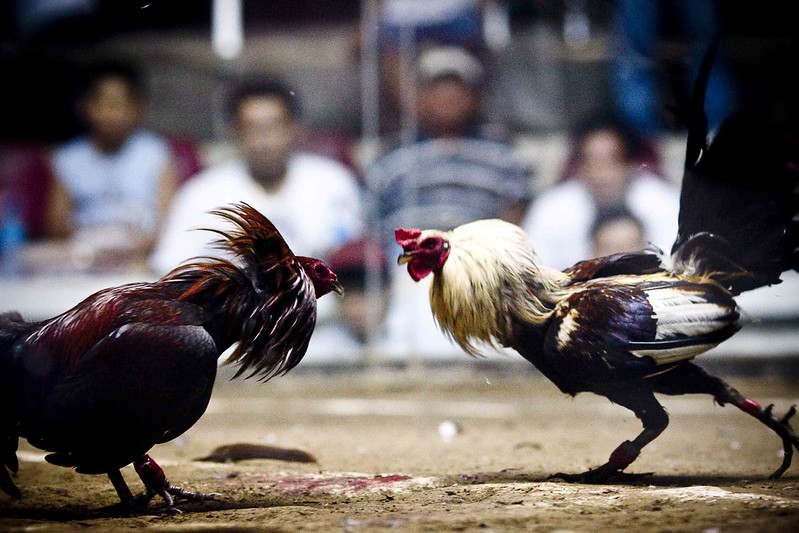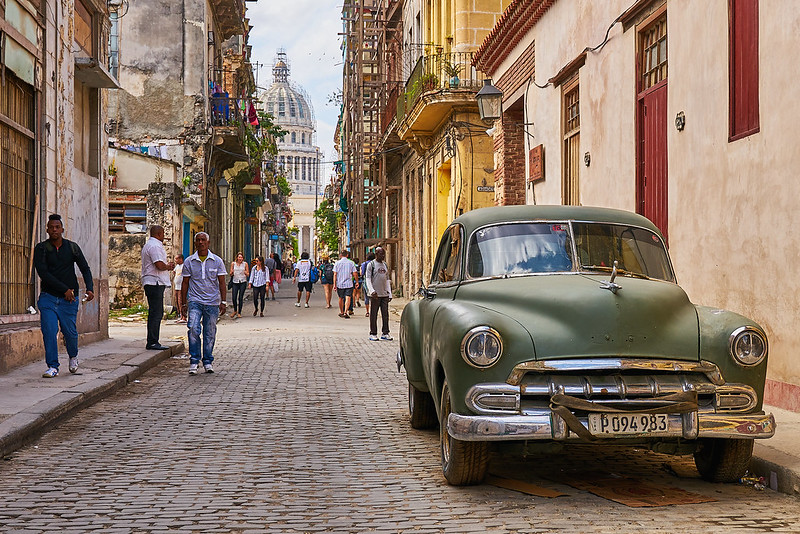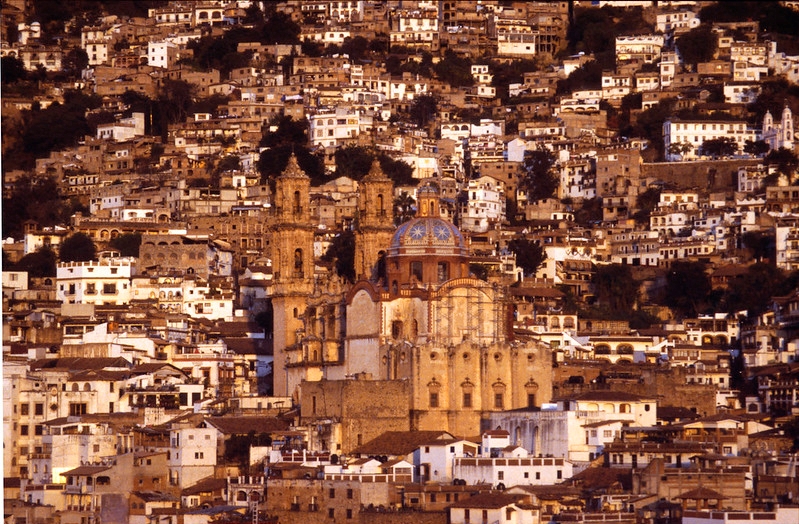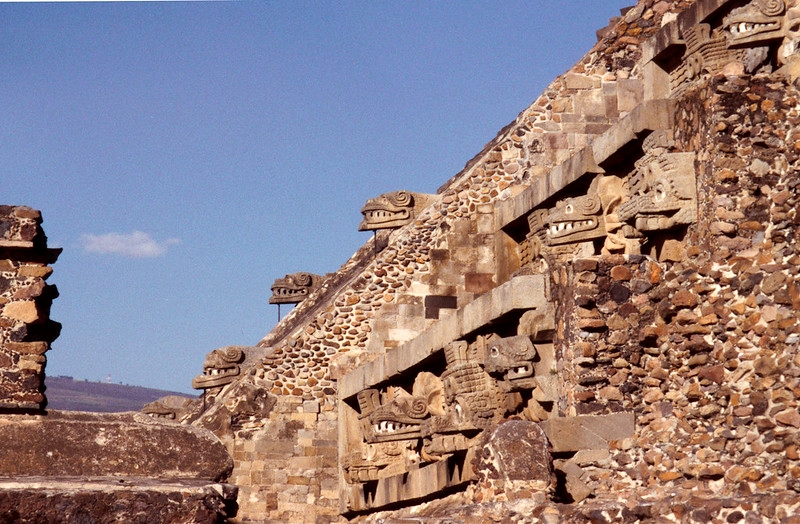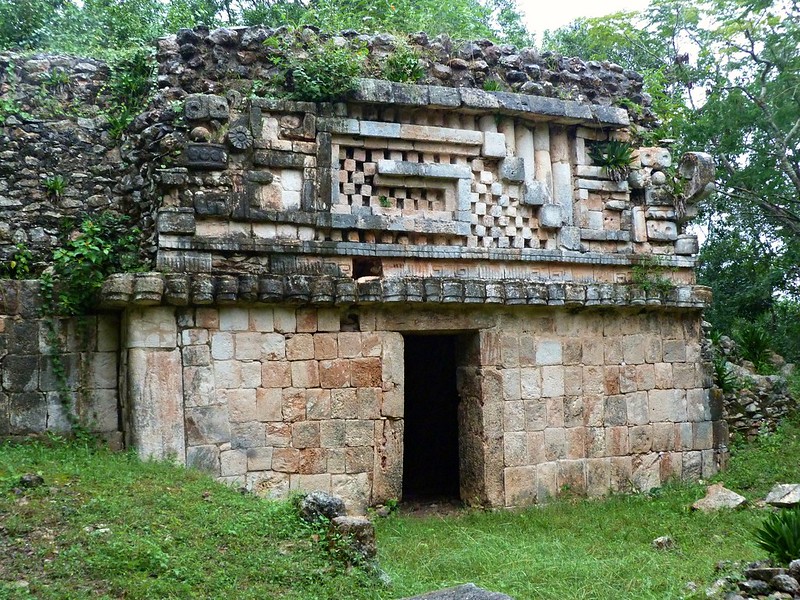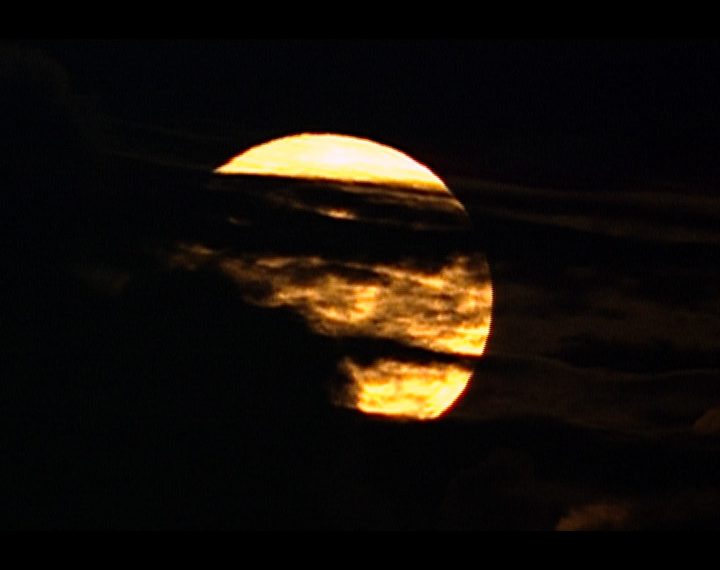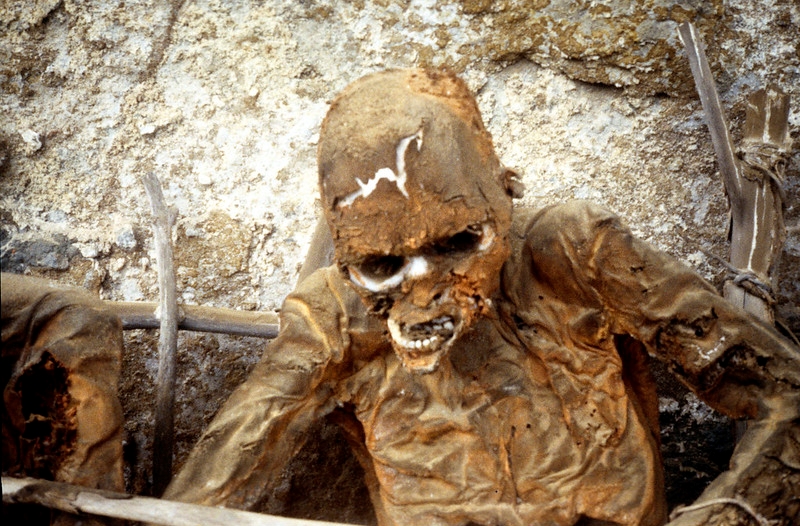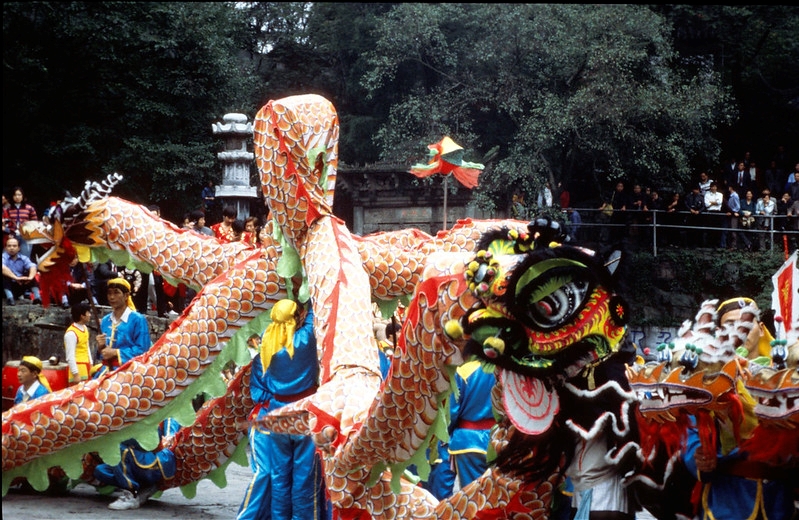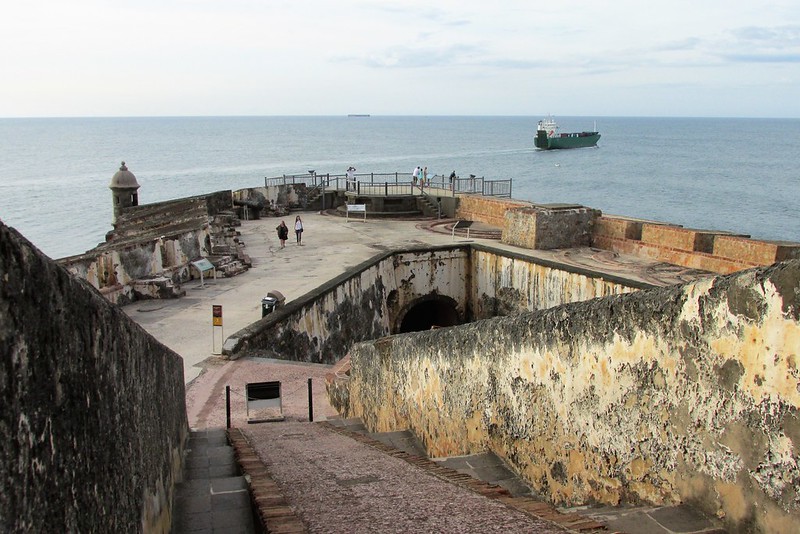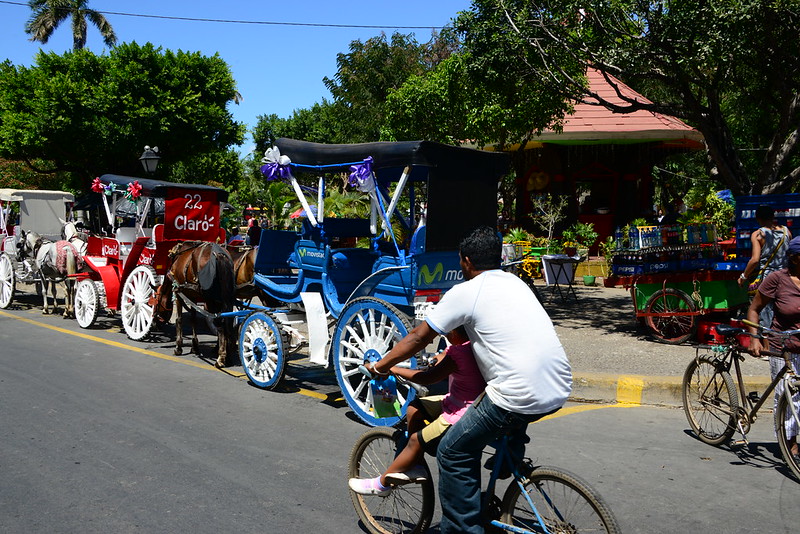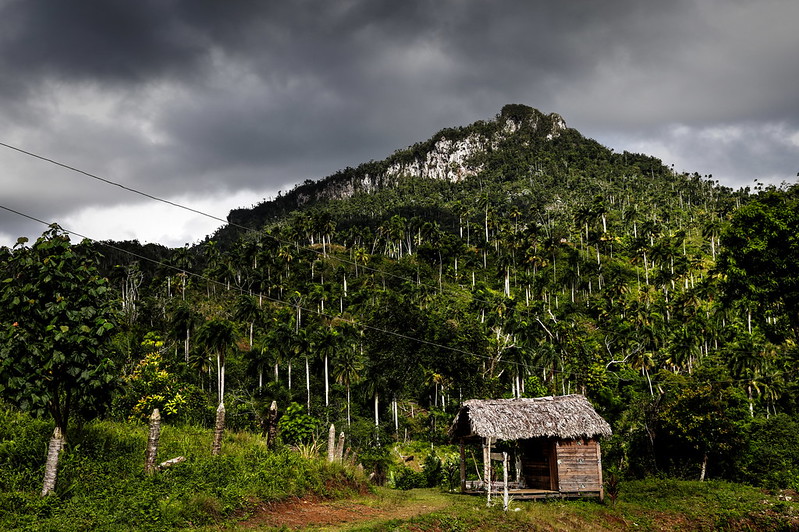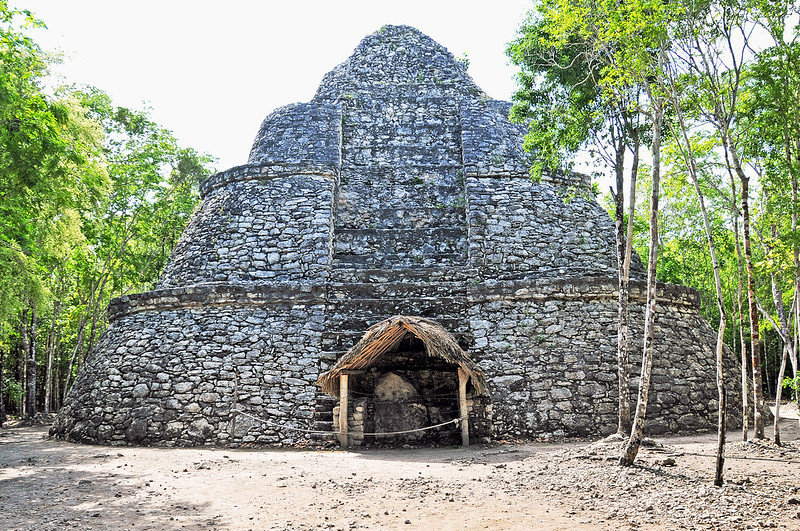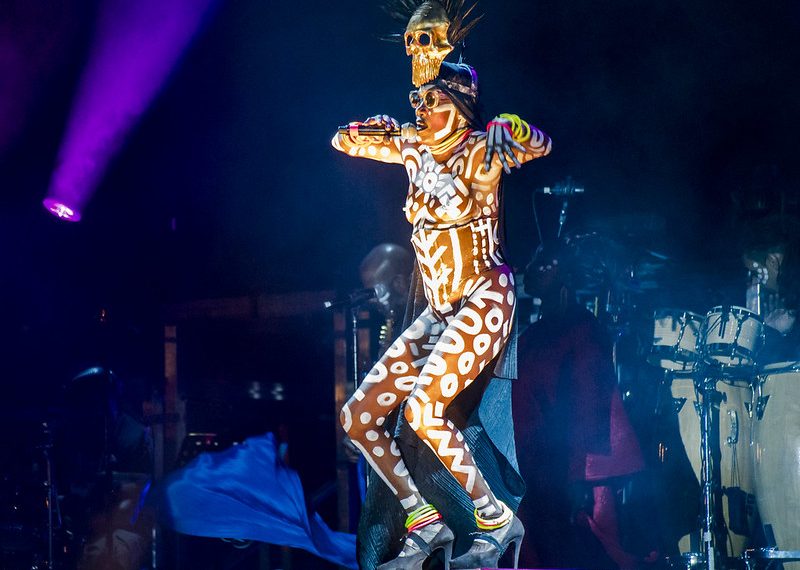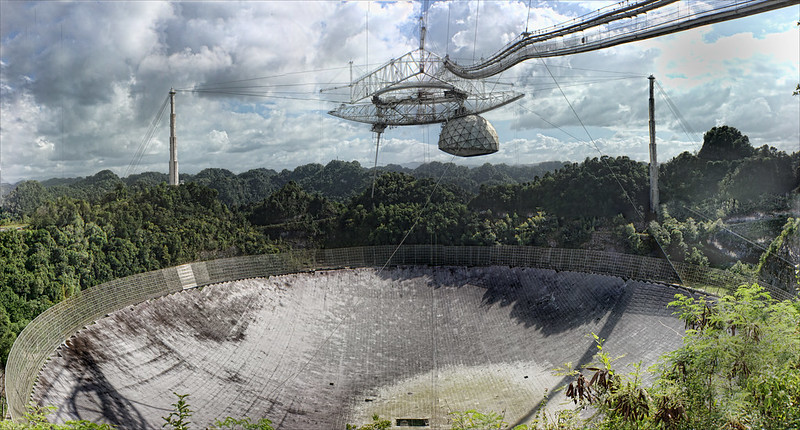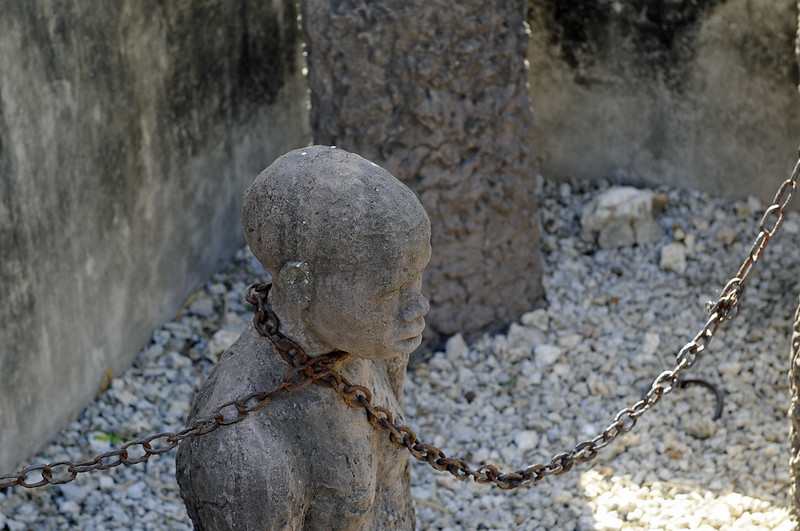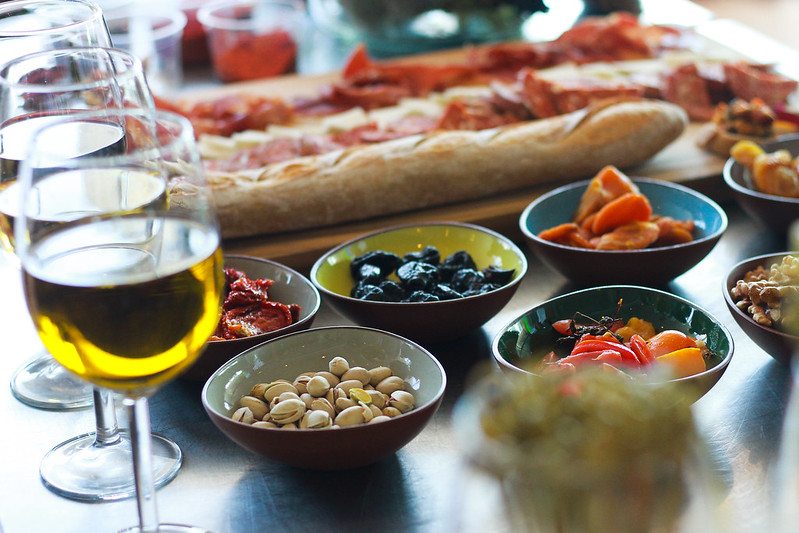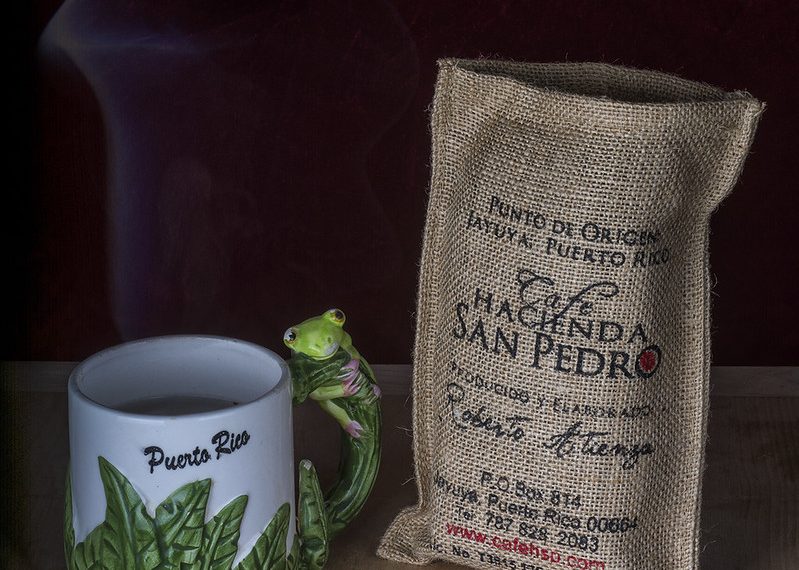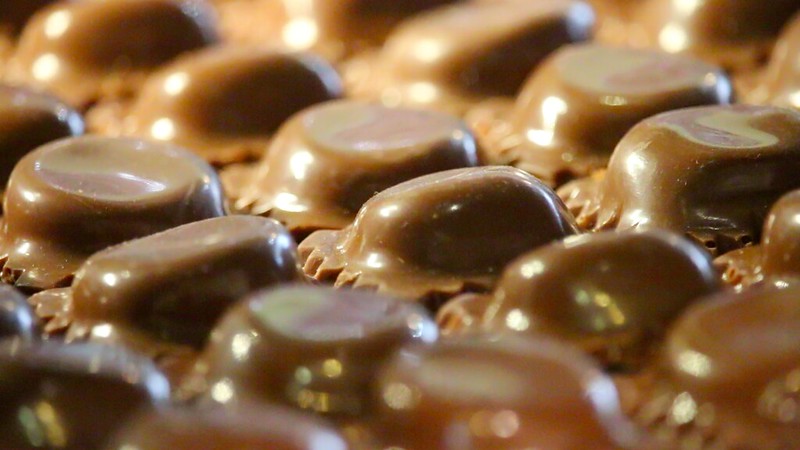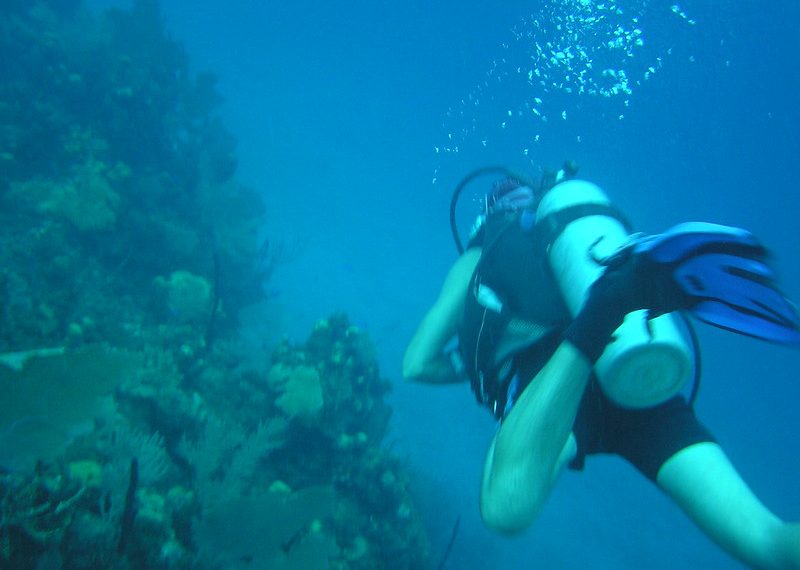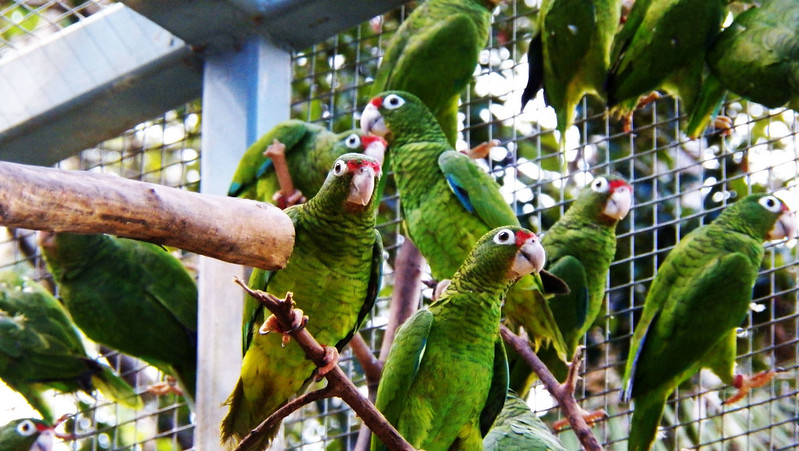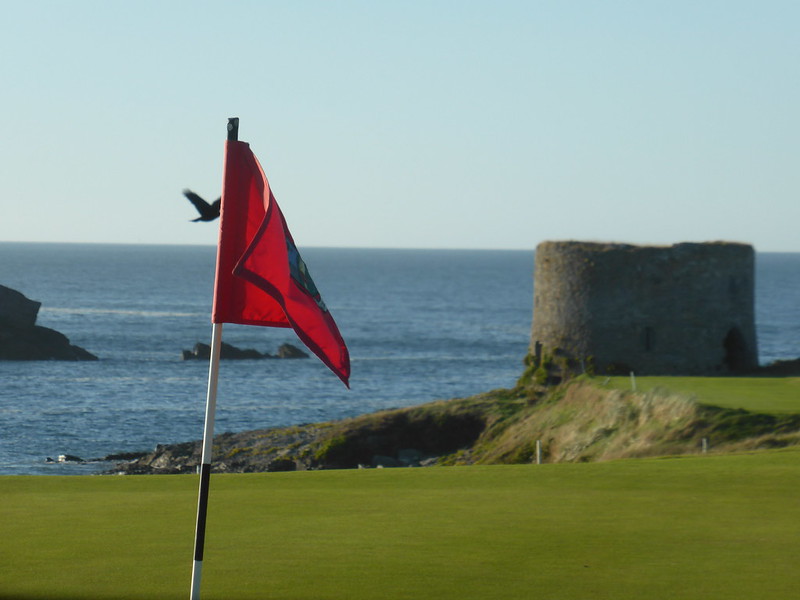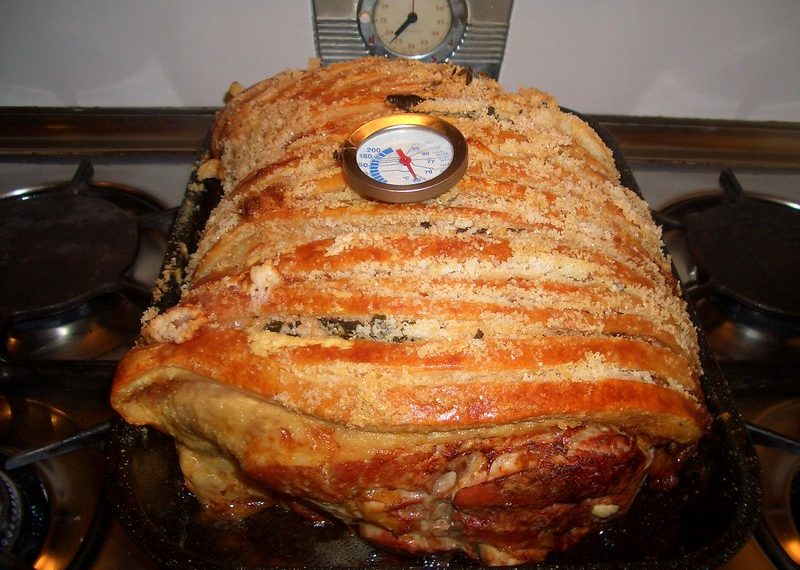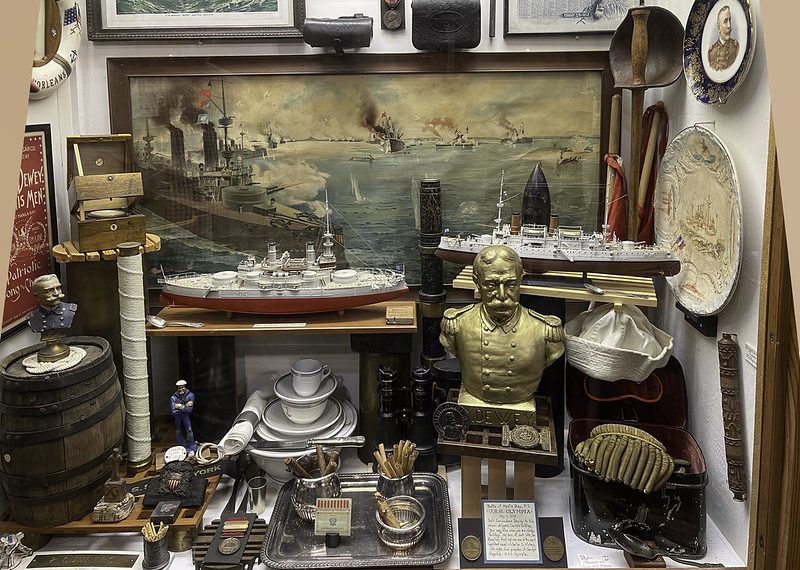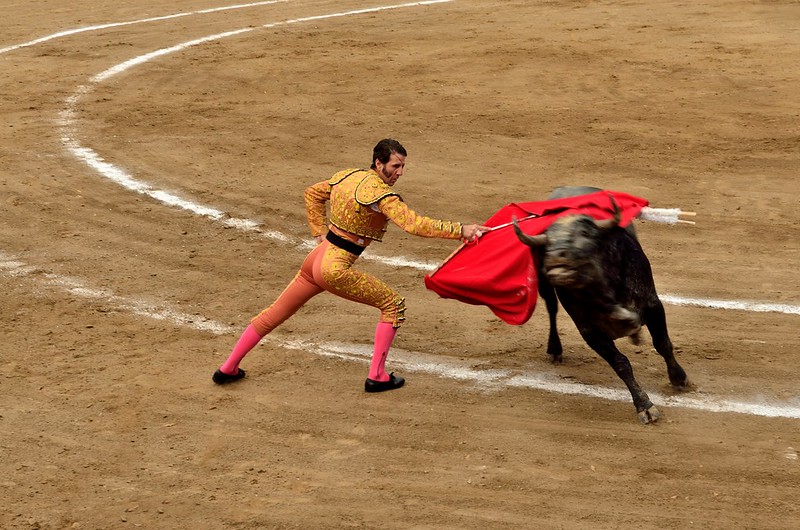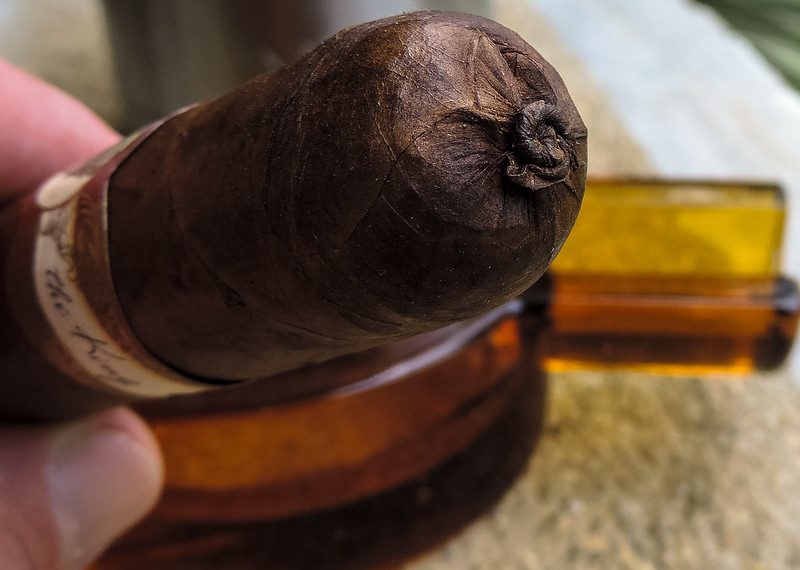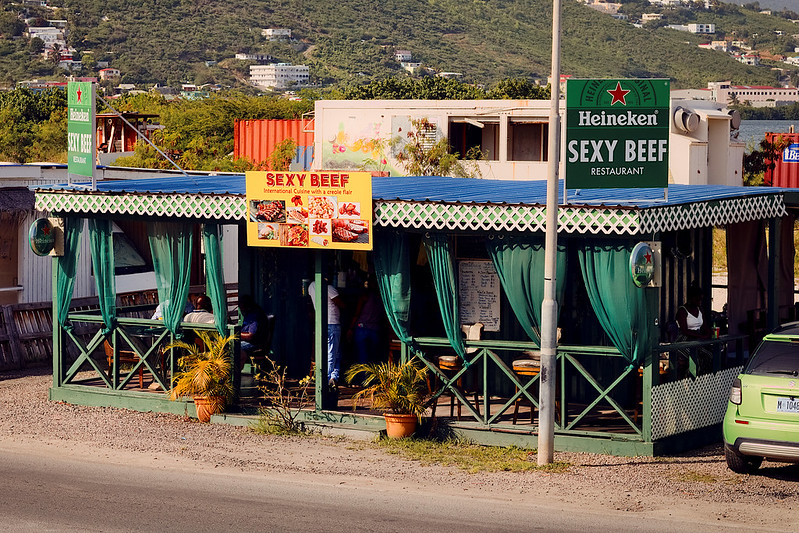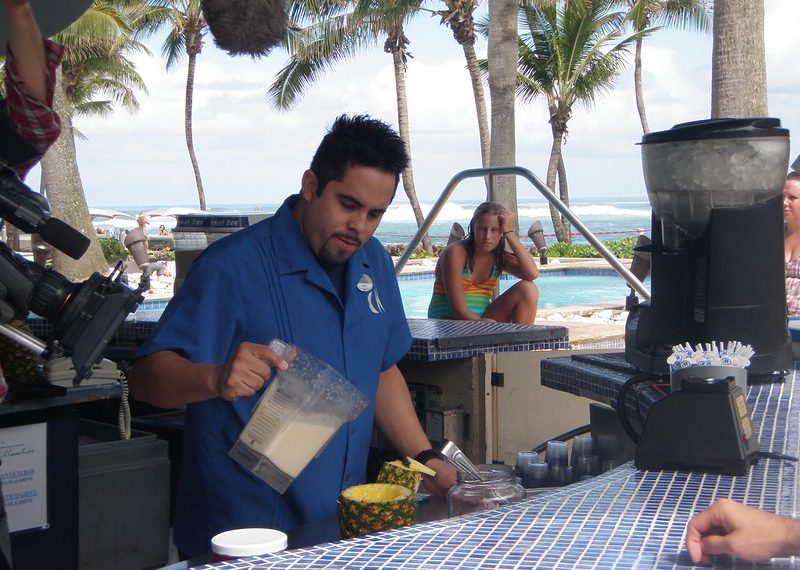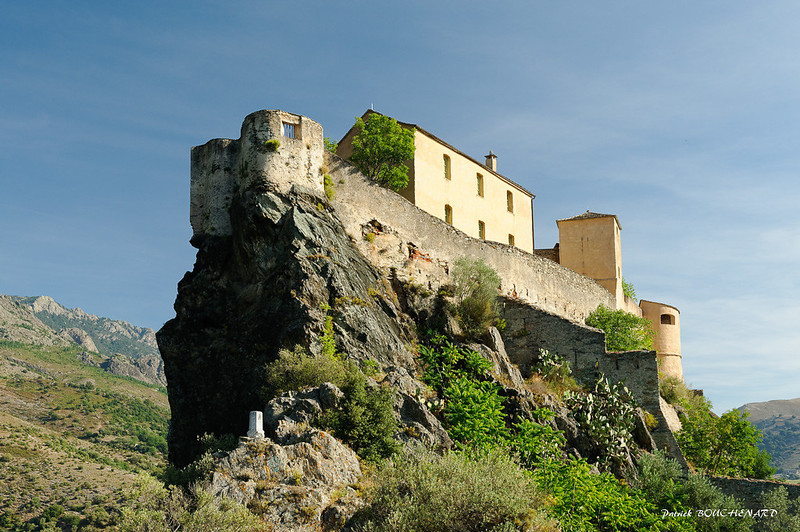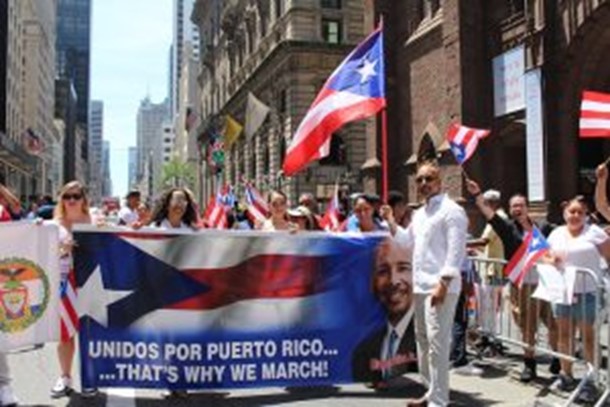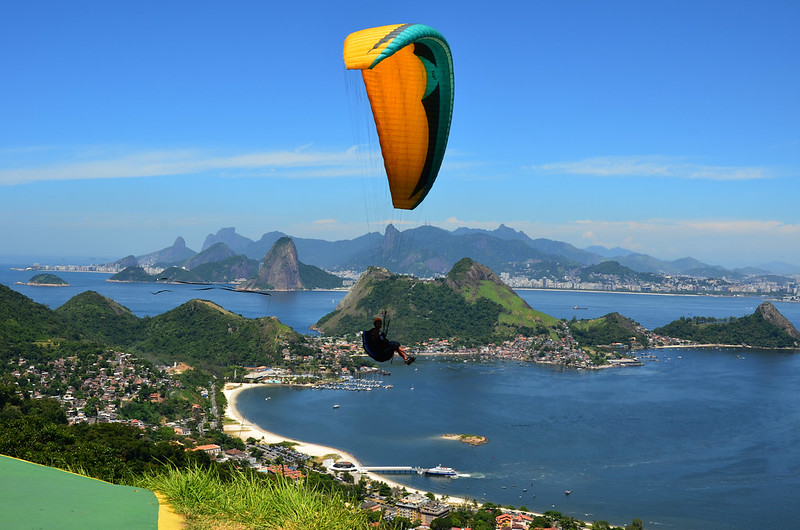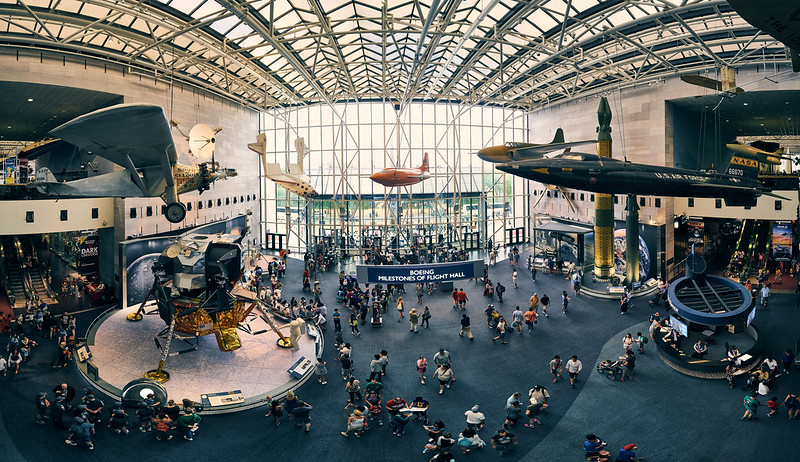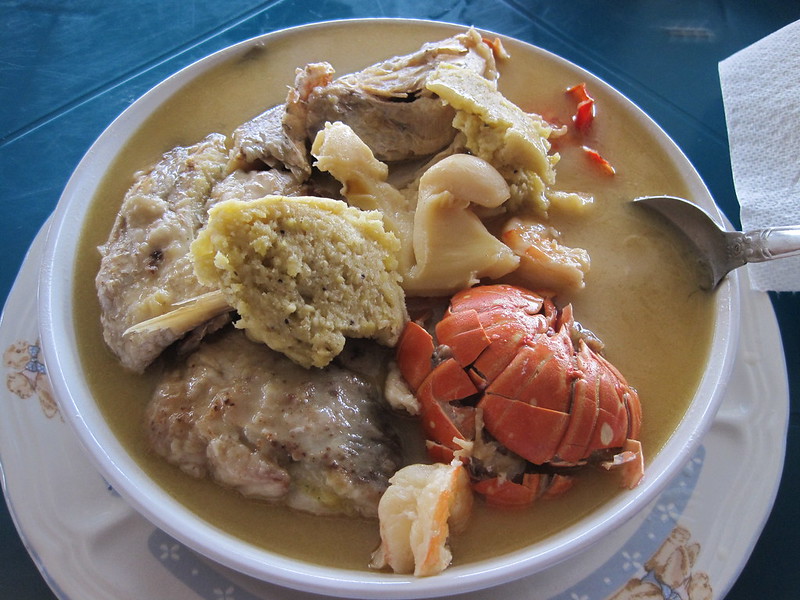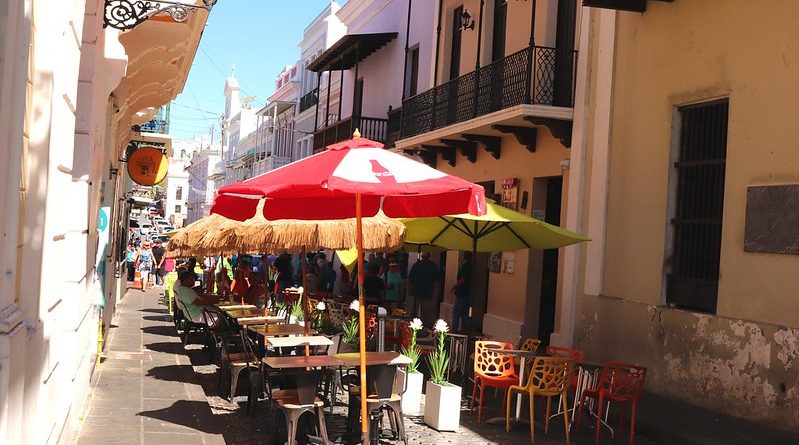
Puerto Rico
Puerto Rico is a land of vibrant colors. From the primary hues of the Puerto Rican parrot, to coastal waters ranging from translucent turquoise to deep dark blue, to sunsets that reflect the shades of a tropical cocktail – the island’s appeal is undeniable. Exotic fruits and fiery pique (hot sauce) draw eyes in the local market, and lush rainforests, vibrant festivals, bright local flavors, and bio-luminescent bays bombard visitors in the best way.
Puerto Rico, a commonwealth of the United States, is not large in size yet it offers impressive ecological diversity and natural attractions. The island has indigenous culture, remnants of Spanish colonial heritage, and a perceptible African influence.
Visitors can gallop across a fabulous stretch of beach on horseback, glide through a glittering bay by kayak at night, and explore mysterious caves, massive sinkholes, and some of the Caribbean’s best preserved rainforests and most fascinating wildlife. This “island of enchantment” is strikingly romantic, spirited, and surprisingly accessible.
Read More
Puerto Ricans are generally friendly, warm, outgoing, and hospitable. The culture and the people are lively, energetic, and expressive. The island is very densely populated. Many Puerto Ricans also live abroad, mostly in the United States. Predominant cultural influences include Amerindian (the Taíno Indians were the original native people of the island preceding Spanish arrival), Spanish, and African. Many immigrants have come to settle in Puerto Rico from around the world and nearby in the Caribbean. American influence is also evident, especially since the beginning of the 20th century. Puerto Ricans are known for their expressive nature and the island for its vibrant mix of cultures. Visitors can experience numerous festivals throughout the year celebrating the island’s food and drink, history, indigenous culture, nature, and other elements of national pride. In Globe Trekker Puerto Rico, Zay Harding tastes some world renowned coffee at a coffee festival in the western town of Maricao and discovers indigenous traditions at the annual Taíno cultural festival in Jayuya. Puerto Rican food is referred to as “Cocina Criolla.” It is a mix of Spanish, African, and Taíno flavors and influences. The Taíno people originally cultivated items such as pineapple and other tropical fruits, maize, beans, yucca, taro, squash, and peppers. With Spanish colonization came items such as rice, chickpeas, olives and olive oil, garlic, oregano, citrus, sugarcane, and chicken, beef, and pork. Africans brought with them coconut, coffee, plantains (now ubiquitous in Puerto Rican cuisine), banana, and a penchant for frying foods. Mofongo is one of Puerto Rico’s most beloved dishes. This hearty dish is made with fried green plantains mashed in a wooden mortar and pestle called a pilón, along with garlic and other seasonings. It can be served as a side dish or in a heaping mound, brimming with a filling of mixed seafood, meat, or vegetables. Other noteworthy specialties include asopao (soup with rice and chicken), tostones (sliced, flattened, and fried plantains), arepa (corn fritter), arroz con gandules (rice with pigeon peas), and lechón (roasted suckling pig). Stews are popular, prepared with meat such as chicken or beef, or with vegetables and pigeon peas. The two most fundamental seasonings in any Puerto Rican kitchen are adobo and sofrito. These flavorful mixes are used to season soups, stews, and rice dishes, or rubbed onto meat before cooking for added flavor and a punch of color (sofrito can be made with achiote, which imparts a beautiful reddish hue). Agricultural products include tropical fruit such as coconut, pineapple, banana, and mango, as well as some more exotic fruits like zapote and starfruit. Rum is also a top agricultural item produced here (spirit derived from sugar cane). US Dollar Spanish; English Note: Spanish and English are both official languages, though Spanish is by far the dominant spoken language High tourist season tends to run from about December to April and again in July and August. Puerto Rico is a tropical island in the heart of the Caribbean. The interior region is mountainous, and often lush and moist, creating an ideal climate for coffee growing (coffee here is known as some of the world’s best). The mountainous landscape is ideal for climbing, hiking, cycling, and zip lining. Soft limestone predominates in some regions such as the Camuy River Cave Park in the northwest, where caves and sinkholes formed over millennia intermingle with the world’s third largest underground river system – an incredible setting for otherworldly exploration. Tropical storms and hurricanes propose a threat from around August to October (officially hurricane season in Puerto Rico is from June to November). The heaviest rainfall occurs from about May to October, though otherwise this is a good time to travel for those who wish to avoid crowds. Temperatures are consistently warm throughout the year, with an average temperature of about 80 degrees F. The southern coast is slightly drier and warmer than the northern coast, and the mountainous interior is generally slightly cooler than the coastal regions. Puerto Rico is a relatively small island yet it boasts an impressive diversity of wildlife, flora, ecosystems, and topography. The island has three of the world’s five bio-luminescent coves, many national parks, a UNESCO biosphere reserve, lush rainforests, pristine beaches, a mountainous interior, and even some desert areas. Other islands in the Puerto Rican archipelago include the beautiful island of Vieques (Isla de Vieques) off the eastern coast, and the smaller, undeveloped island of Mona (Isla de Mona), approximately 40 miles off Puerto Rico’s western coast. Isla de Mona is a true treasure of biodiversity, containing many endemic species of plants and animals found nowhere else on earth. Among the troves of ecological diversity in Puerto Rico is the Guánica State Forest. Guánica is a protected park (dry forest) in the southwest with an incredible variety of birdlife and other species, and hundreds of plant species. The forest is a UNESCO Biosphere Reserve. Although Puerto Rico is well known for its picturesque beaches much of the island is mountainous, mostly in the inland region across the territory dominated by the Cordillera Central mountain range. The Camuy River Cave Park is an area of karst topography, and a remarkable natural attraction. The park, located in the northwest of Puerto Rico, includes over ten miles of caves, caverns, sinkholes, and an underground river system. Many more miles are believed to be undiscovered. Dress in Puerto Rico is typically casual, though this varies slightly from place to place. Evenings in San Juan may be a good reason to dress up a little nicer than the casual daytime attire, though even evenings in San Juan can be laid-back. Weather is often very warm, so lightweight clothing is recommended. Temperatures are cooler in the more mountainous central region. If visiting a coffee plantation or participating in other activities in the interior slightly warmer clothing may be necessary. Bring good hiking or walking clothing and sturdy shoes for outdoor activities. Naturally beachwear is recommended, as there are many excellent beaches. Puerto Rico’s main airport is located just a few miles outside of San Juan. Puerto Rico is easily reachable by plane; it is just 2.5 hours from Miami and 4 hours from New York in the U.S. There are many international flights. Within Puerto Rico it is possible to get around by bus, taxi, or by car. There is a good bus system in the San Juan metropolitan area as well as many taxis. A popular mode of travel between cities is via private mini-buses called ‘guaguas’ or ‘carros publicos’. These typically carry about 10-12 people though passengers may have to wait for the van to fill up before it departs. In some areas there are also private shared taxis called ‘lineas.’ The Tren Urbano is useful for getting around the metropolitan area of San Juan, though there is currently no extensive public rail system in Puerto Rico serving areas outside of the capital. Puerto Rico’s main port is the San Juan Harbor, where many cruise ships regularly pass through. Puerto Rico has good health facilities often comparable to those in the U.S. No vaccinations are formally required for entry into Puerto Rico in most cases though some organizations recommend certain vaccinations. Puerto Rico is generally a safe place to visit, though some crime does occur. Travelers are advised to be aware of their surroundings and of their belongings, particularly in certain neighborhoods. Sand flies can be an annoyance in some areas and mosquitoes are also present in Puerto Rico. Dengue fever is a disease that can be spread by an infected mosquito. The risk of contracting Dengue fever and in Puerto Rico does exist, and occasional outbreaks occur. Travelers can protect themselves to some extent against insect bites by applying bug repellent and wearing clothing that cover the skin. Puerto Rico has a warm climate with many days of sunshine. Visitors can reduce the risk of sunburn by applying sun protection, wearing lightweight clothing that covers the arms and legs, and if necessary by avoiding the strong mid-day sun. Ocean currents and rip tides can be very strong and swimmers are advised to heed all posted signs. Tropical storms, which may occur most frequently from about June through November, can contribute to difficult road conditions and pose challenges for hikers. Visa laws regarding entry to Puerto Rico are the same as those for entering the United States. U.S. citizens are not required to obtain a visa, though they must present a valid form of personal identification. Citizens of countries where a visa is required for entry into the United States are also required to obtain a visa prior to traveling to Puerto Rico. A passport is required for non-U.S. citizens. 1. Arecibo Observatory 2. El Yunque National Forest 3. Vieques Island 4. Mona Island 5. Old San Juan and historic sites 1. Kayak at night through a bio-luminescent bay such as La Cabeza de San Juan 2. Traverse miles of caves, explore a subterranean river, and rappel down a massive sinkhole in Camuy River Caves National Park 3. Explore colonial heritage and architecture, and the shopping, tastes, and vibrant nightlife of San Juan 4. Visit a rum distillery 5. Take a coffee plantation (Hacienda) tour in the central highlands (a good time to tour is during the harvest/processing season in October – December)People
Food
Currency
Language
When To Go/Climate and Geography
Dress
Travel
Health
Visas
Top 5 Sites
Top 5 Things To Do

